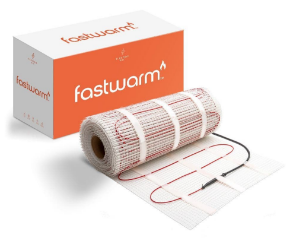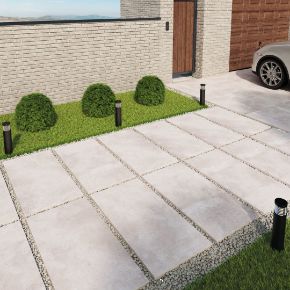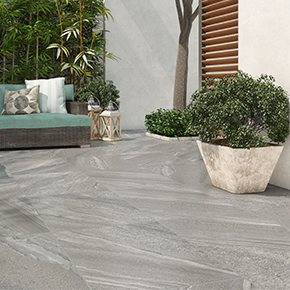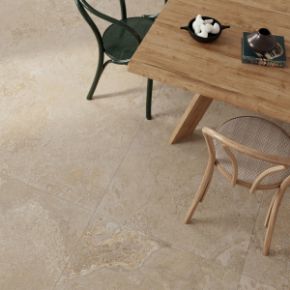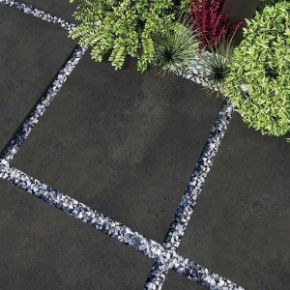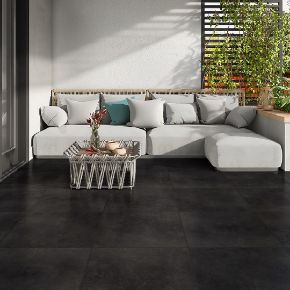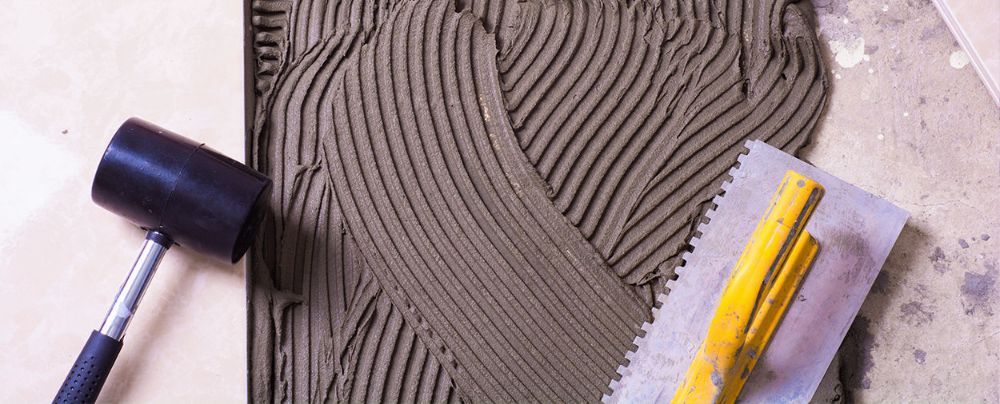
Most Asked Questions & Answers About Tile Adhesives
Are you installing a new set of tiles to revamp your home? Confused with the processes but want to make sure your tiles are secure? Here are the most commonly asked questions about tile adhesive to resolve your queries.
How To Remove Tile Adhesive From Tiles?
You need a proper tile adhesive remover to clear up the existing mess and reuse the tiles for future reinstallation. To effectively remove the dried out tile adhesive, soak the tiles in warm water for a minimum of 1-2 hours. The water will slowly dissolve the adhesive. When the tile adhesive and grout has become soft to touch, they are ready to be removed. Be cautious not to damage the surface while using a metal scraper, and start scraping the back of the tile to remove the tile adhesive and grout.
How To Mix Tile Adhesive?
After prepping the wall or floor and dry lay trial, you are ready to mix your tile adhesive. Don't forget to wear safety goggles, respirator and optionally, knee pads, if you are going to work on the floor for long hours. Start by mixing adhesive. You will need a large bucket and a mixing trowel to get smooth consistency without lumps.

How Thick Should Tile Adhesive Be?
The best tile Adhesive thickness is determined by the adhesive strength, type of surface and tiles. Generally, in the case of walls, apply an appropriate notch trowel of 6mm to achieve a 1mm bed thickness1. In the case of floor tile adhesive, if you want a thick bed, using a 10mm to 12mm notched trowel2 for 6mm thickness is advisable.
How Long Does Tile Adhesive Take To Dry?
The average drying time of a tile adhesive varies based upon the type and the environmental condition. If the temperature is too low, the wall tile adhesive will take a lot of time to dry and cause swelling. The average drying period of tile is about 6-7 hours under moderate humidity and room temperature. But if you are working with waterproof tile adhesive like the one used in the swimming pool flooring, you might want to dry it for at least 24 hours.
How To Apply Tile Adhesive?
After choosing the trowel and thickness of the adhesive, you will aim the trowel at an angle of 35-45 degrees and consistently apply pressure to the surface. Start covering small portions of your room and work your way up. The most crucial point to look out for is holes and gaps in the adhesive spread. They affect the strength of the adhesion in the future; if you try to drill through the tiles, they are likely to crack or shatter.
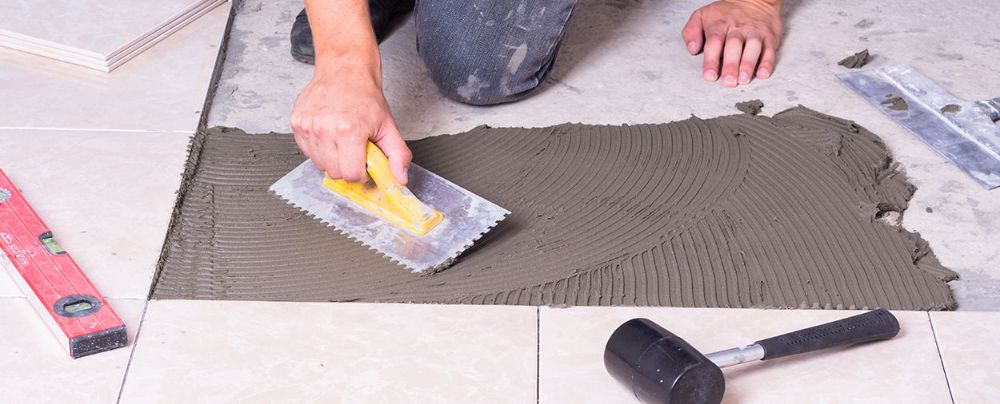
Can I Use Tile Adhesive Instead Of Mortar?
Generally, to use mortar, you require technical knowledge about the golden ratio and the mixing of the mortar to create a uniform paste with proper adhesion force. If the quality of the chosen sand is bad, it can lead to deterioration, and the tiles can become hollow. In comparison, Tile adhesives are ready to use right out of the box and easy to handle, and they also have a slower setting time. But specific varieties of tiles like glass and stone tiles typically require mortar for installation. So the choice depends on your expertise and the selection of tile.
Which Is Better Tile Adhesive Or Cement?
Tiles that have been installed by using cement have inherent problems. Cement tends to shrink after drying, thus creating hollow spaces below the tile surface. This tends to develop weak spots under the floor, and can cause damage. However, if you use tile adhesive, they specifically resolve this issue. The mixture is more firm and reliable than cement. It requires a less thick paste (around 3-6mm), thus giving a feel of increased indoor space.
What Type Of Tile Adhesive Should I Use?
Ready-mixed floor tile adhesive is an economical option that is fast, efficient, and easy to use. NOT recommended for porcelain tiles.
Heat resistant tile adhesive is ideal to be used in places like kitchen backsplash.
Outdoor tile adhesive and grout products have heat resistant and water-resistant properties, and are very durable.
Flexible tile adhesive is capable of handling stresses from the environment, improving the durability of the tiles.
Porcelain tile adhesive is ideal for bathrooms and showers. They provide excellent grab, moisture resistance and curing rates.
What Breaks Down Tile Adhesive?
Many factors can lead to the breaking down of tile adhesive, like improper substrate preparation. The tile adhesion will not work if there is any dirt or other particles present on the surface before the installation. The tiles will debond if there are any gaps or air pockets.
What Are The Benefits Of Using Tile Adhesive?
Tile adhesives are ideal to be used by any beginner, and they provide various benefits like high adhesion, good flexibility, impermeability, crack resistance and good ageing resistance. It is an economical and ideal bonding material for a tile installation with less curing time and amount of adhesive requirement.

